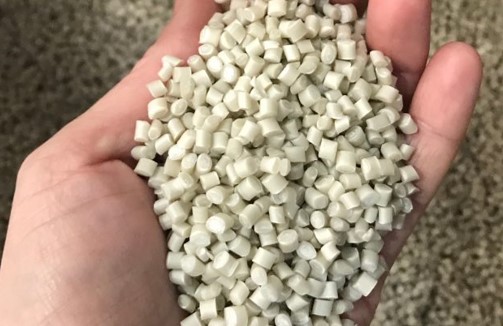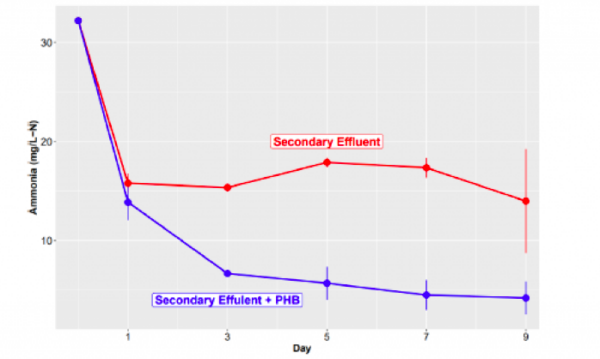Mango Materials Transforms Waste Methane into PHA

Mango Materials transforms waste methane into biodegradable PHA, providing a sustainable alternative to plastics and creating significant opportunities for innovation across multiple sectors.
Carbon capture technologies are emerging as promising solutions to mitigate the plastics industry’s environmental impact. Recognizing this potential, Mango Materials developed a transformative process that converts waste methane gas into polyhydroxyalkanoates (PHAs), polyesters naturally produced by numerous microorganisms. This closed-loop system not only reduces harmful emissions but also provides a sustainable alternative to conventional plastics.
You can also read: Biobased Polymers and Natural Fibers Cut Carbon Emissions
Sustainable Closed Loop
Mango Materials’ core fermentation technology begins by capturing methane emissions from landfills and wastewater treatment plants. Engineers use specially engineered bacteria to convert this potent greenhouse gas into poly-3-hydroxybutyrate (P3HB), a type of PHA. The P3HB is then processed into YOPP+ pellets, which are versatile for use in fibers, rigid goods, and molded products. Unlike traditional plastics, PHAs biodegrade and compost without leaving harmful residues, thus eliminating long-term pollution.
Reducing Excess Nitrogen in Aquatic Systems
Building on their success in carbon capture, Mango Materials announced new research on PHA’s role in reducing excess nitrogen in aquatic systems. With funding from Schmidt Marine Technology Partners, a program of the Schmidt Family Foundation, the company has developed a PHA-based solution to address nitrogen pollution. Excess nitrogen leads to algal blooms and eutrophication, harming aquatic ecosystems. The research shows that PHA significantly reduces excess nitrogen. The team tested PHA by integrating it into wastewater treatment processes and found that it enhances nitrogen removal. PHA serves as a carbon source for microbes and promotes beneficial biofilm growth. It results in a 53% reduction in ammonium concentrations in wastewater samples.

The graph illustrates the change in nitrogen concentration (measured as ammonia, mg/L-N) over 9 days in secondary effluent samples, both with and without the addition of PHA. Adding PHA to secondary effluent significantly enhances the reduction of ammonia concentrations compared to the untreated sample. Courtesy of Mango Materials.
Promising Landscape in Carbon Capture
Mango Materials exemplifies how innovative carbon capture technologies can drive significant environmental progress. By converting waste methane into biodegradable PHAs, the company not only curtails emissions but also offers a sustainable alternative to traditional plastics. Their latest research underscores PHA’s versatility and effectiveness in tackling nitrogen pollution, setting a new standard for sustainable solutions in various sectors. Moreover, Mango Materials have been working to scale up their process.
